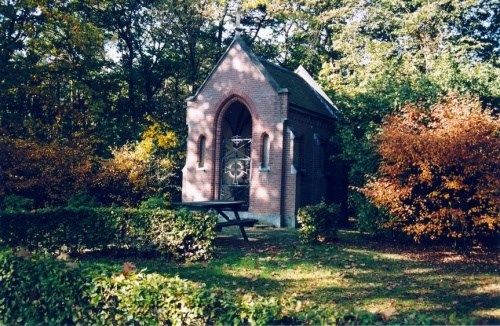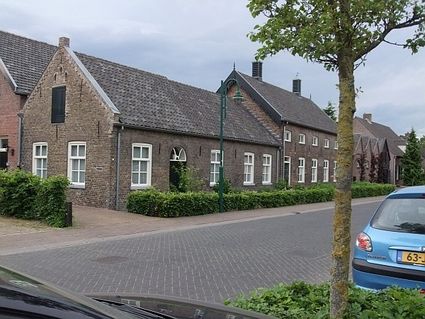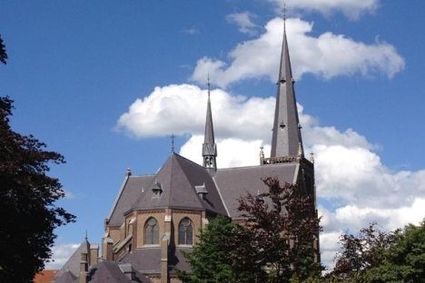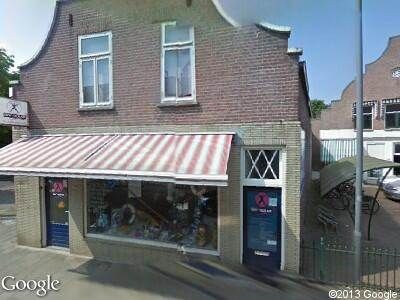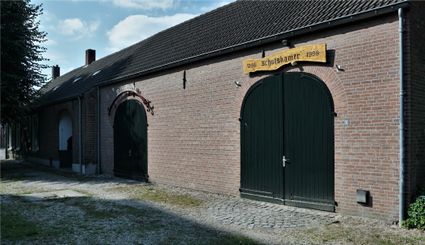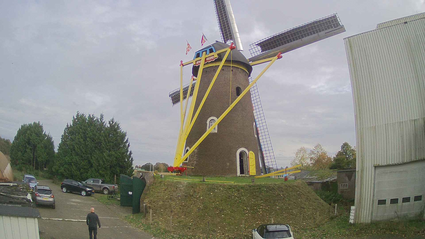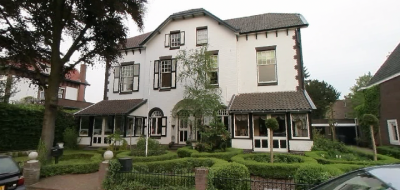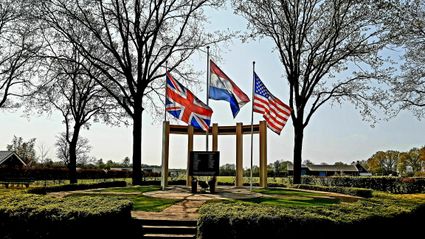Keskesdijk | Handel
The Keskesdijk, also known as the Handelseweg, leads to the medieval Marian pilgrimage site of Handel, the Church of Our Lady and the Processi…
The Keskesdijk, also known as the Handelseweg, leads to the medieval Marian pilgrimage site of Handel, the Church of Our Lady and the Procession Park of Handel, where even today many pilgrims pass every year, mainly with the celebration at Pentecost, on baevert, as they say here. In its heyday, as many as twelve annual pilgrimages would have passed here, in the 17th century that is. Now there are three, such as the one from Valkenswaard that passes by on the last weekend of June. In total, you walk forty kilometers on this journey, very early on bare feet, badly burned by the hot sand on the heath where there was no paved road at the time. From Gemert, one walks along this Keskesdijk and then in solemn procession, stopping at each keske to pray. In the early 20th century many dressed up saints on horses and angels with wings and the like walked along. This was all put on and pinned on in Gemert.
In Handel, Mary is venerated as Mary Mother of the (Seven) Sorrows. This is a late medieval representation of Mary that places great emphasis on the emotional life of Mary and Christ. The sorrow of Mary for her son is depicted in seven statues in seven keskes (a keske is a niche or cupboard roof on the public road or on a wall as a general expression of worship) along the Keskesdijk. The current statues date from the 19th century and replace those from the 17th century.
The oldest mention of keskes on the Keskesdijk dates back to 1712. It is likely that the original keskes are older and date from the 17th century. In fact, one of the original wooden statues, which survived into the last century and has since unfortunately been destroyed, was from the seventeenth century. The present sculpture group is made of stone in neo-Gothic style. They were built between 1888 and 1891. The seven sorrows of Mary that they represent are: the prediction of Simeon, the flight to Egypt, the loss of Jesus (of the 12-year-old Jesus in the temple), the encounter of Jesus (on his way to the cross), the death of Jesus (the crucifixion), the completion of the cross and burial of Jesus.
At the time the keskes were renewed, the Ox Chapel on the Keskesdijk was also erected as an addition to the legend of the church. The church in Handel was originally supposed to come on the site of the Ox Chapel. After all, that is where the miracle had taken place that made Handel a place of pilgrimage. In fact, a statue of the Virgin Mary had been found there in a hawthorn. The hawthorn is the one of the first shrubs to bloom in spring and as such a symbol of fertility, associated with Mary. Stories like this, called invention legends, are often at the root of pilgrimage sites. God then chose the place himself. However, the oxen that pulled the stones would not stop at God's direction but walked on to the current location of the church in Handel itself. At the site of the present church, then, the holy spring was later discovered again, which has miraculously healed many people.
Sources:
W. van Lierop, T. Thelen, Langs velden en wegen, 2006, Heemkundekring de Kommanderij, Gemert
Wingens, M., Over de grens: de bedevaart van Katholieke Nederlanders in de zeventiende en achttiende eeuw, 1994, SUN, Nijmegen
Hoppenbrouwers, F., et al, Children of Mary: the pilgrimage from Valkenswaard to Handel, 1993, Kempen Druk Hapert, Eindhoven
